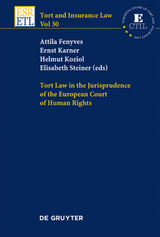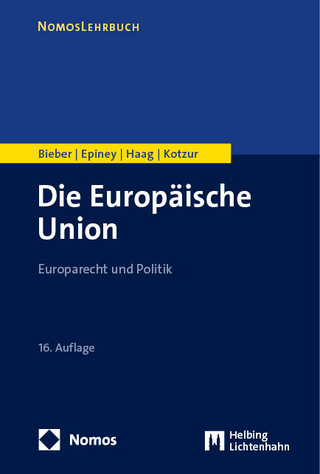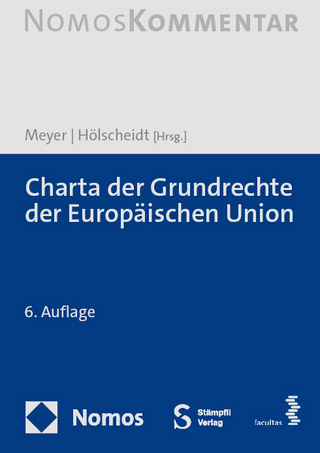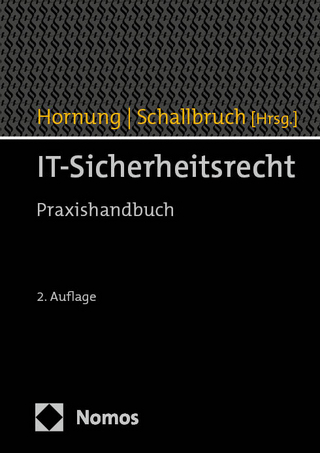Tort Law in the Jurisprudence of the European Court of Human Rights
Seiten
2011
De Gruyter (Verlag)
978-3-11-025966-7 (ISBN)
De Gruyter (Verlag)
978-3-11-025966-7 (ISBN)
Liability law is rapidly changing in quite a number of countries. This is due to various factors, which are interrelated to a large extent: changing case law and legislation as well as increased and still increasing technical and medical knowledge. As a result, various occupational diseases can, for example, be attributed to working conditions or personal injury to specific products. From the very moment that causation can be proven, the question arises of whether or not liability can be established‑ with far-reaching economic consequences for all parties involved. The rise of phenomena such as mass torts, multiple causation, joint and several liability or various heads of damages (like ecological damage and several diseases and affections) rapidly increases the interest in tort law. In the context of the interrelation between liability and insurance, attention must be paid to the question of whether certain liabilities are still coverable or not, and, if they are, to what amounts. (The question of jurisdictions is of growing importance as is the question of whether a specific liability can be covered by insurance. In this context, one should bear in mind that the affordability of tort law also requires safe and sound insurers. The recent past has shown that there is a limit to their financial stability.)
The goal of this study is to provide a general overview and thorough analysis of how the European Court of Human Rights deals with tort law issues such as damage, causation, wrongfulness and fault, the protective purpose of rules, remedies and the reduction of damages when applying art 41 of the European Convention on Human Rights (ECHR). These issues have been examined on the basis of a comprehensive selection and detailed analysis of the Court’s judgments and the results compared with different European legal systems (Austria, Belgium, England and Wales, France, Germany, Hungary, Ireland, Italy, Poland, Romania, Scandinavia, Spain, Switzerland and Turkey), EC Tort Law and the Principles of European Tort Law. The introduction of art 41 (ex art 50) ECHR in 1950 as a compromise and the issues it raises now, the methodological approaches to the tort law of the ECHR, the perspectives of human rights and tort law and public international law as well as the question of whether the reparation awarded to victims of ECHR violations can be considered real ‘just’ satisfaction are addressed in five special reports (two of which are also available in German). Concluding remarks try to summarise the outcome.
The goal of this study is to provide a general overview and thorough analysis of how the European Court of Human Rights deals with tort law issues such as damage, causation, wrongfulness and fault, the protective purpose of rules, remedies and the reduction of damages when applying art 41 of the European Convention on Human Rights (ECHR). These issues have been examined on the basis of a comprehensive selection and detailed analysis of the Court’s judgments and the results compared with different European legal systems (Austria, Belgium, England and Wales, France, Germany, Hungary, Ireland, Italy, Poland, Romania, Scandinavia, Spain, Switzerland and Turkey), EC Tort Law and the Principles of European Tort Law. The introduction of art 41 (ex art 50) ECHR in 1950 as a compromise and the issues it raises now, the methodological approaches to the tort law of the ECHR, the perspectives of human rights and tort law and public international law as well as the question of whether the reparation awarded to victims of ECHR violations can be considered real ‘just’ satisfaction are addressed in five special reports (two of which are also available in German). Concluding remarks try to summarise the outcome.
Attila Fenyves, Professor of Civil Law, University of Vienna; Ernst Karner, Professor of Civil Law, University of Vienna; Helmut Koziol, Managing Directorof theEuropean Centre of Tort and Insurance Law, Vienna; Elisabeth Steiner, Judge of the European Court of Human Rights in Strasbourg.
"Das Buch behandelt in einer umfassenden Form verschiedenste Fragen rund um Entschädigungen im Rahmen von Art. 41 EMRK und bietet eine fundierte Abhandlung dazu. Die zu jedem Kapitel des zweiten Teils des Buches erfolgenden rechtsvergleichenden Ausführungen ermöglichen es daneben, das System der EMRK mit anderen nationalen und europäischen Entschädigungsregelungen zu vergleichen."Stefan Kieber in: NLMR 6/2011
| Erscheint lt. Verlag | 17.11.2011 |
|---|---|
| Reihe/Serie | Tort and Insurance Law ; 30 |
| Verlagsort | Berlin/Boston |
| Sprache | englisch |
| Maße | 155 x 230 mm |
| Gewicht | 1462 g |
| Themenwelt | Recht / Steuern ► EU / Internationales Recht |
| Recht / Steuern ► Öffentliches Recht ► Völkerrecht | |
| Recht / Steuern ► Privatrecht / Bürgerliches Recht ► Besonderes Schuldrecht | |
| Recht / Steuern ► Privatrecht / Bürgerliches Recht ► Internationales Privatrecht | |
| Schlagworte | Europäischer Gerichtshof für Menschenrechte • Europäischer Gerichtshof für Menschenrechte (EGMR) • Schadenersatzrecht • Tort law |
| ISBN-10 | 3-11-025966-4 / 3110259664 |
| ISBN-13 | 978-3-11-025966-7 / 9783110259667 |
| Zustand | Neuware |
| Haben Sie eine Frage zum Produkt? |
Mehr entdecken
aus dem Bereich
aus dem Bereich




